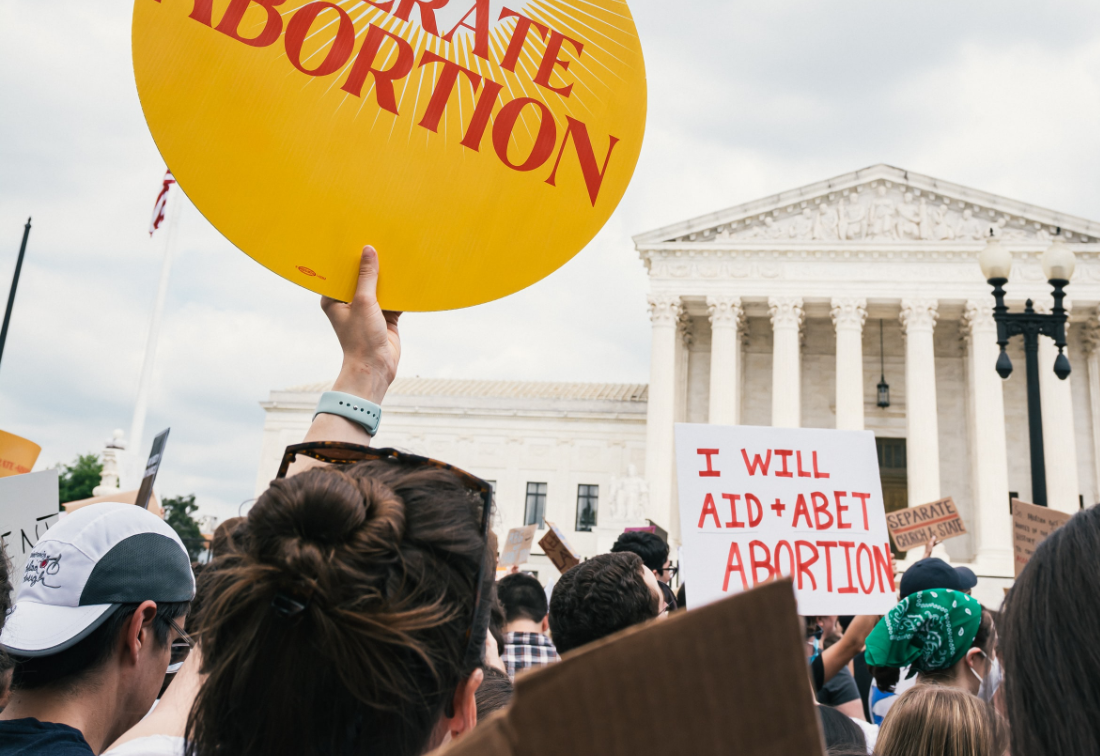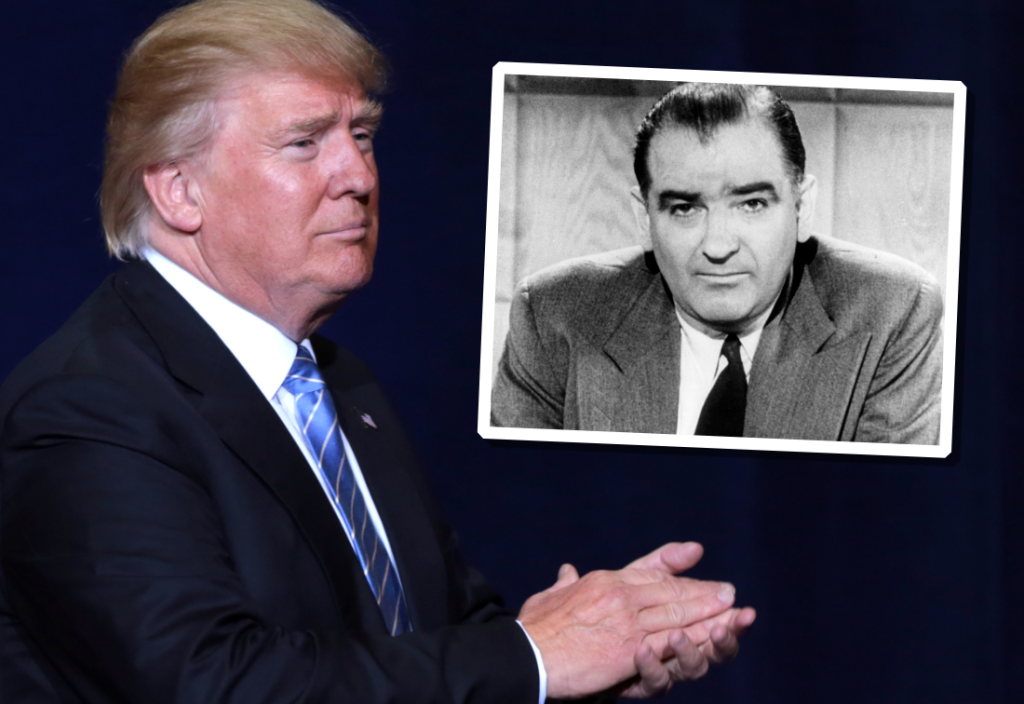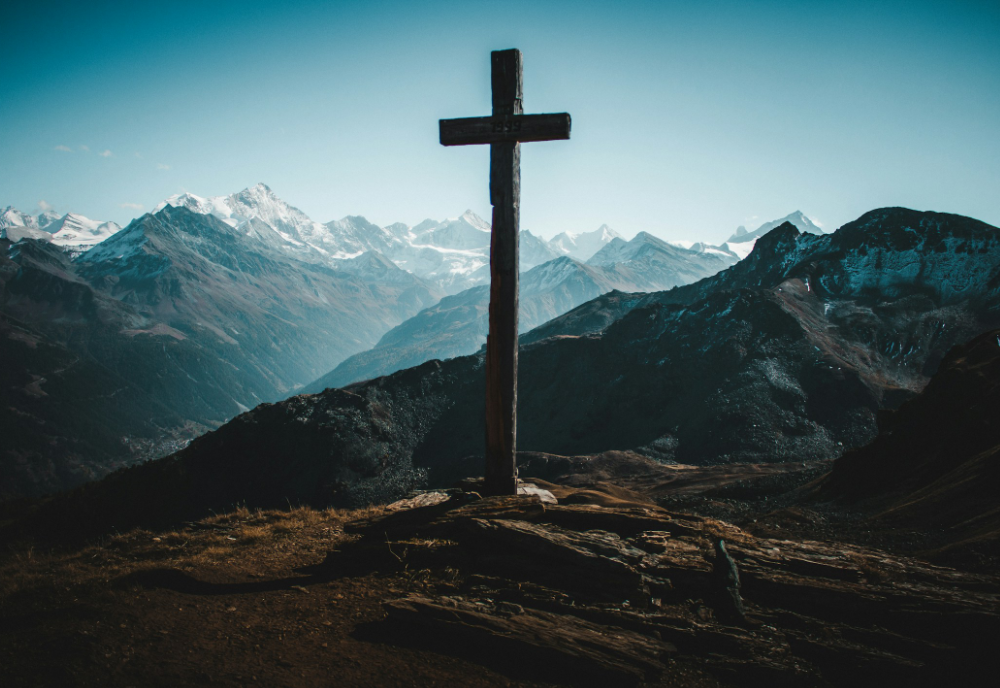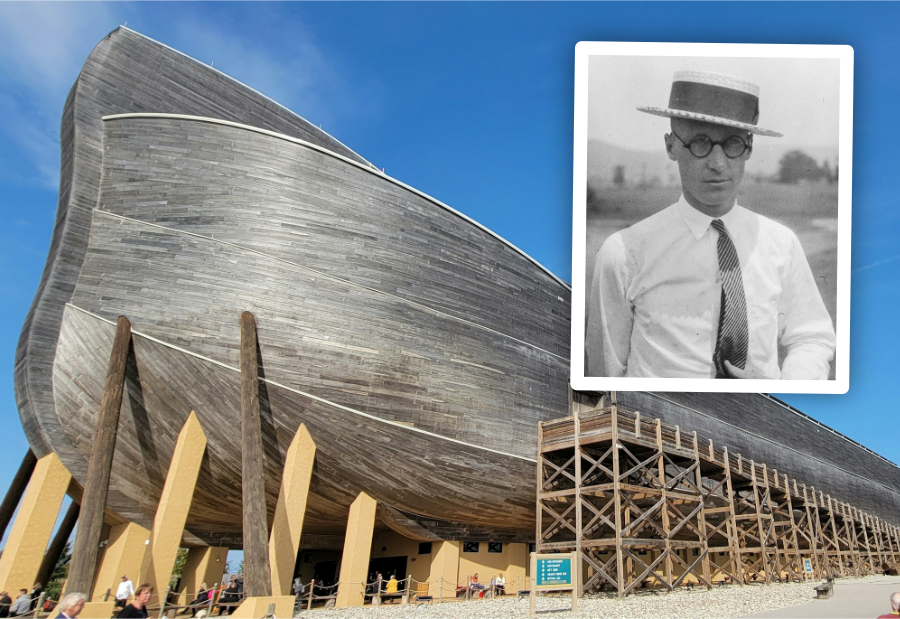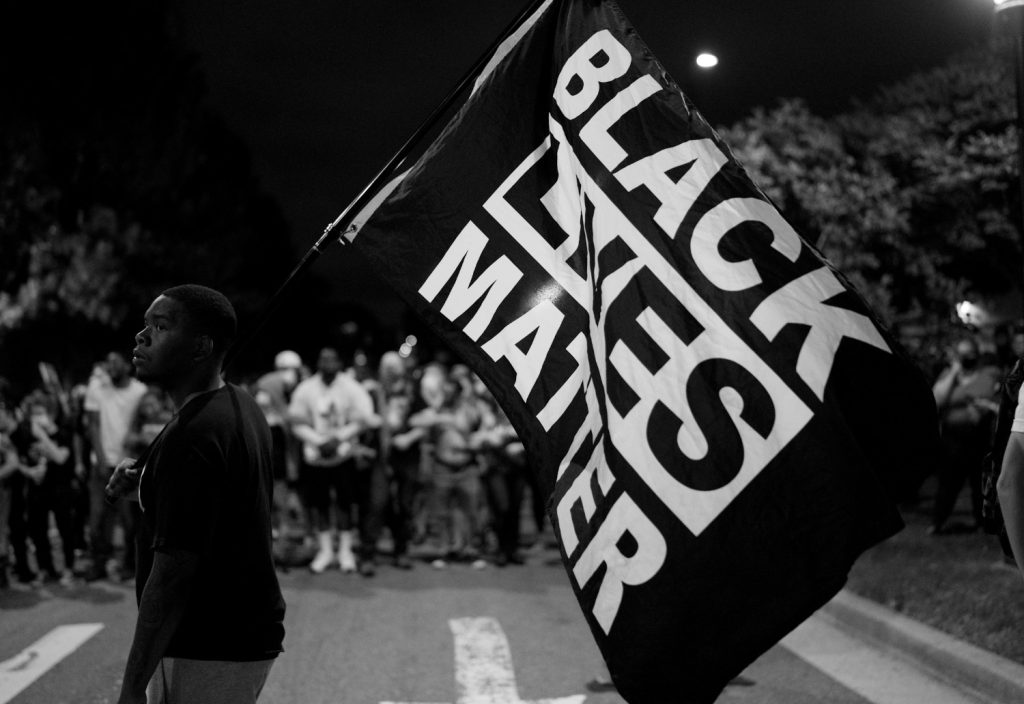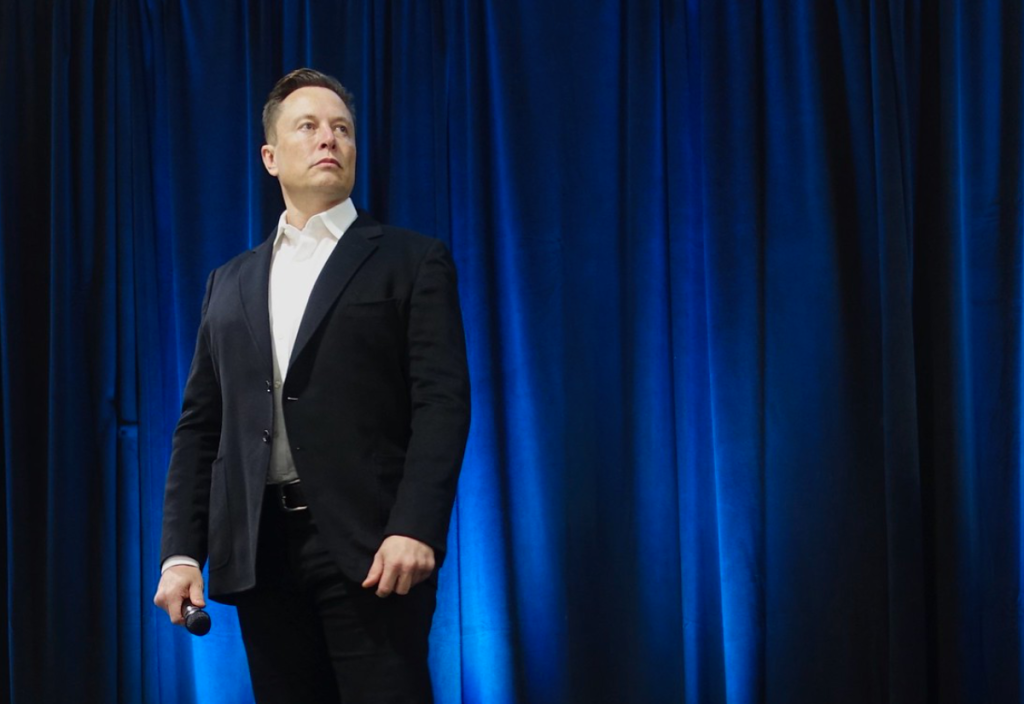Protests continue after the United States Supreme Court overturned the landmark Roe v. Wade case, which protected a woman’s right to terminate a pregnancy as a fundamental liberty under the US Constitution.
But this decision is just the latest to highlight a tale of two modern activist Americas.
The Supreme Court’s decision came about via a case challenging Roe called Dobbs v. Jackson Women’s Health, in which the last abortion clinic in Mississippi opposed state efforts to ban abortion after 15 weeks and overturn Roe. The case escalated and was accepted by the Supreme Court last year.
The decision, handed down last week, was much anticipated after an unprecedented leak of a draft of the decision months ago and was immediately met with legislation banning or severely restricting access to abortion in 23 states.
This represents a triumph of conservative social activism, in which anti-abortion activists took inspiration from leftist social movements in the United States and bested them at their own game.
The landmark decision in Roe grew out of the women’s liberation movement in the 1970s and exemplifies a particular dynamic in US politics in which social movements have used constitutional challenges as part of a broader strategy to change the political landscape of the country – especially to effect sweeping change at the national level that overrides state laws.
This strategy was initiated by the civil rights movement in the 1950s. The seminal Supreme Court decision in Brown v. Board of Education (1954) resulted from grassroots challenges to segregated schooling in the Jim Crow South, where strict racial apartheid laws had been enacted after the Civil War.
In the early 1950s, hundreds of Black parents enrolled their children in local public schools to challenge the discrimination their children faced, and the National Association for the Advancement of Colored People (NAACP) took on a coordinating role.
Ultimately, five of those cases from Delaware, Kansas, Washington D.C., South Carolina and Virginia were appealed to the Supreme Court, which combined them into a single case of Brown v. Board of Education when the Court heard the challenge in 1952-1953.
The unanimous decision in Brown, handed down in 1954, found that racial segregation in schools was unconstitutional, overturning an 1896 Supreme Court decision in Plessy v. Fergurson which held that racial segregation laws did not violate the Constitution as long as the facilities for each race were “separate but equal”.
The decision in Brown v. Board of Education galvanised the civil rights movement and paved the way for other legal challenges which took aim at the remnants of the constitutional basis for segregation.
The legal strategy in Brown also served as a blueprint for future social movements, especially the women’s liberation movement that was demanding reproductive rights.
By the late 1960s, the burgeoning women’s liberation movement had begun to focus its demands on access to contraception, abortion and free childcare. In 1969, feminists founded the National Association for the Repeal of Abortion Laws (NARAL) and by 1973, 13 states had reformed abortion laws to allow more liberal access and a further four had repealed abortion bans entirely.
As local and state campaigns to liberalise abortion laws gained ground, feminist lawyers in Texas sought to secure the right to an abortion for women in all states and mounted a legal challenge to Texas’s abortion ban.
The resulting decision of the then all-male Supreme Court in Roe v. Wade delivered exactly that; Roe acknowledged that states could limit access to abortions in certain circumstances but that its interest had to be balanced against a woman’s fundamental right to an abortion.
The 1973 decision in Roe instantly became a rallying-point for grassroots anti-feminist and anti-abortion organising.
In 1974, the inaugural March for the Right to Life was held in Washington D.C. that saw 20,000 Americans protest the decision on the steps of the capitol – and has continued to be held every year since.
The effects of grassroots conservative organising on issues of gender and sexuality were first felt politically in the realignment of the Republican Party.
In 1970, the Republican governor of New York, Nelson Rockefeller, had presided over the most liberal abortion law reform in the country.
By the end of the decade, the grassroots anti-abortion activists within the party, led by anti-feminist women like Phyllis Schafly, had successfully sidelined moderate ‘Rockefeller Republicans’ and the common ground forged between Evangelical Christians and conservative Catholics over abortion helped deliver Ronald Reagan his landslide victory in 1980.
It would take another five decades of organising for the anti-abortion movement to achieve its legal goal of overturning Roe.
In 1977, Congress passed the Hyde Amendment that prohibited the use of federal funds to pay for abortion and by the 1980s, anti-abortion activists were using a state-by-state approach to defund, limit, and restrict women’s access to abortion under Roe.
Pro-abortion activists attempted to use the Constitution to stave off this approach. Planned Parenthood challenged a restrictive 1982 abortion law passed in Pennsylvania that severely curtailed women’s access. The resulting Supreme Court decision in Casey v. Planned Parenthood (1992) upheld Roe but reflected deep divisions among the justices which encouraged conservatives to prize Supreme Court seats as a long-term strategy to overturn Roe.
By the early 2000s, social movements on the left and right were both pairing grassroots organising, state-based initiatives and national legal strategies to attempt to effect change.
Starting in Massachusetts in 2004, gay rights activists used a state-by-state approach to legalise same-sex marriage. By 2012, eight states had legalised same sex marriage and legal challenges from Michigan, Ohio, Kentucky and Tennessee ultimately resulted in the Supreme Court decision Obergefell v. Hodges (2015) that required all 50 states to recognize same-sex marriage as another fundamental right protected by the Constitution.
By the time the decision in Obergefell was handed down, conservative appointees already made up most justices on the Supreme Court and the victory for gay rights activists required Justice Anthony Kennedy, a Reagan appointee, to side with the liberal wing to form the majority opinion.
The subsequent refusal of the Senate to confirm President Obama’s nominee during the 2016 election and President Trump’s successful nomination of Amy Coney Barrett to replace the vacancy created by the death of Ruth Bader Ginsburg in 2020 has secured six out of nine seats on the Court for conservative nominees.
Progressives mourned the passing of Ginsburg, not just for her career and contributions which included many pioneering feminist constitutional challenges in the 1970s, but what her replacement portended for the Court: a strong conservative majority that would almost certainly be sympathetic to the many legal challenges to Roe that anti-abortion activist had been working on for decades.
The 6:3 decision in Dobbs confirmed the worst fears of pro-abortion activists. Beyond the immediate impact on reproductive rights, the decision in Dobbs closes an avenue for social organising to the left that they have relied on since the hey-day of liberal civil rights in the 1950s.
Having borrowed so successfully from this playbook, the decision in Dobbs may well embolden conservative activists to continue to use this strategy to overturn other liberal decisions by the Supreme Court, as signalled in Justice Thomas’s dissent in Dobbs, from same-sex marriage to contraceptives.
Progressives will have to reinvent the playbook to forge a new path forward in a country where the civil rights of an individual again vary greatly from state to state.
This article was first published on Pursuit. Read the original article.
Photo by Gayatri Malhotra on Unsplash.

